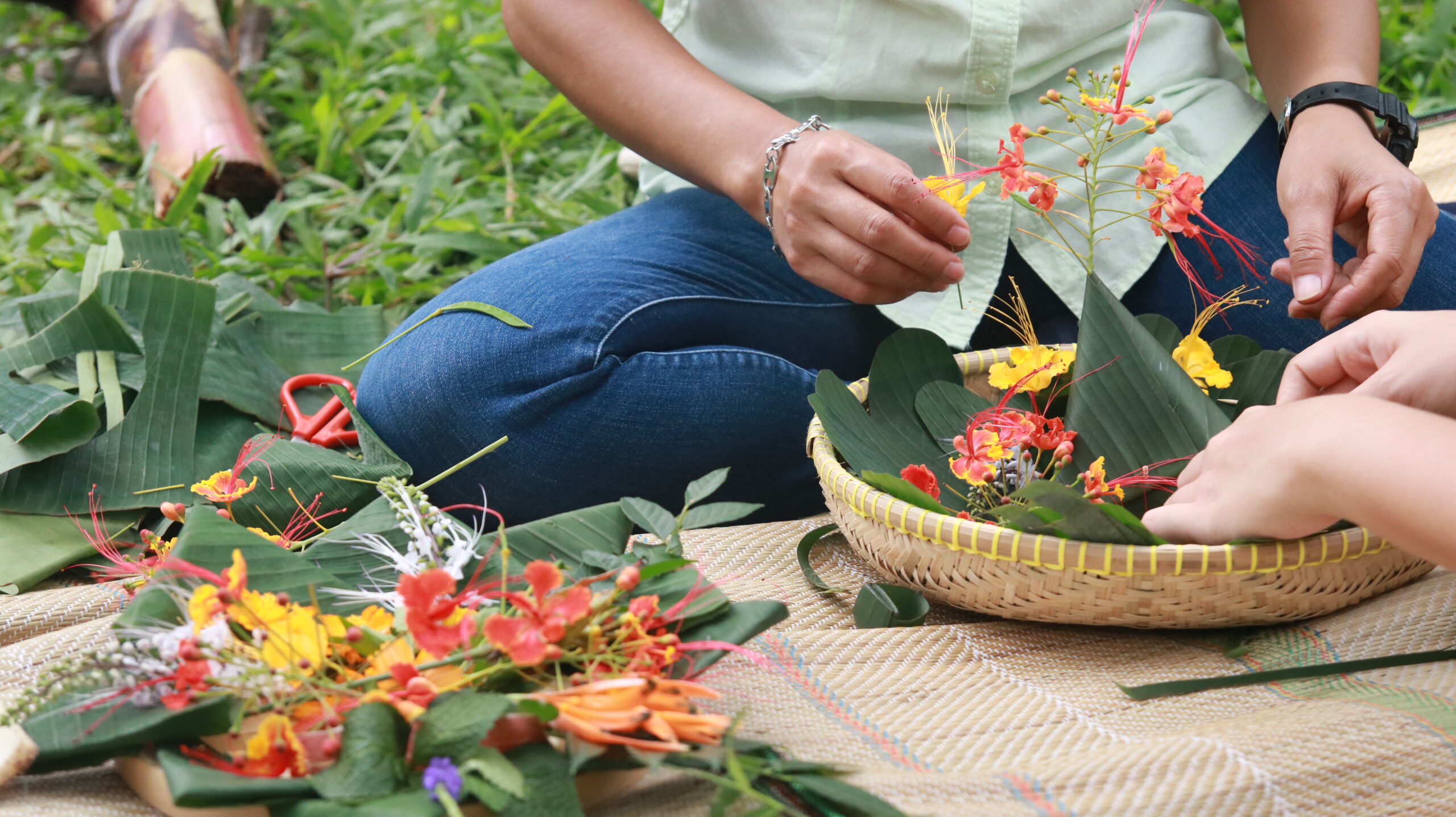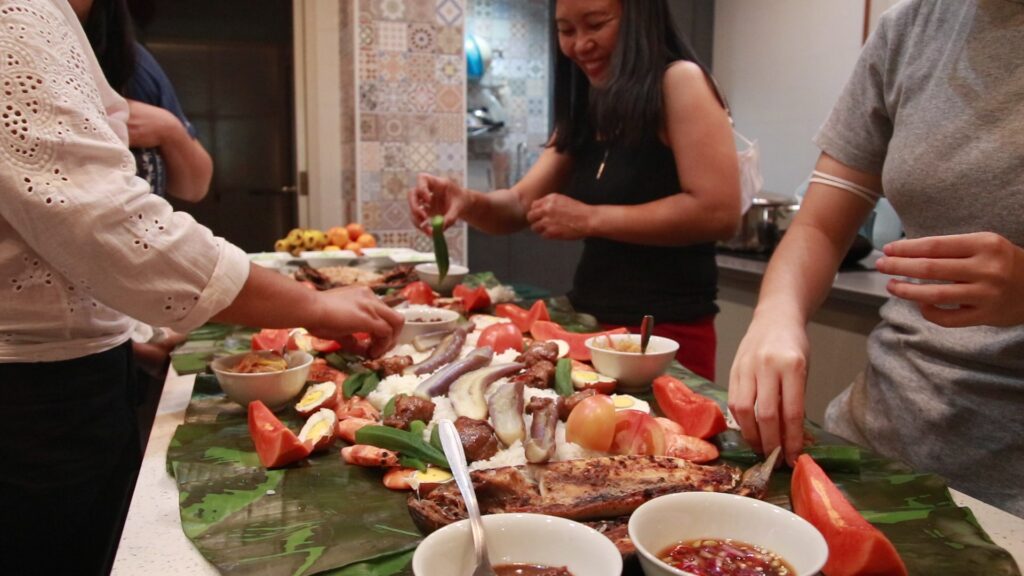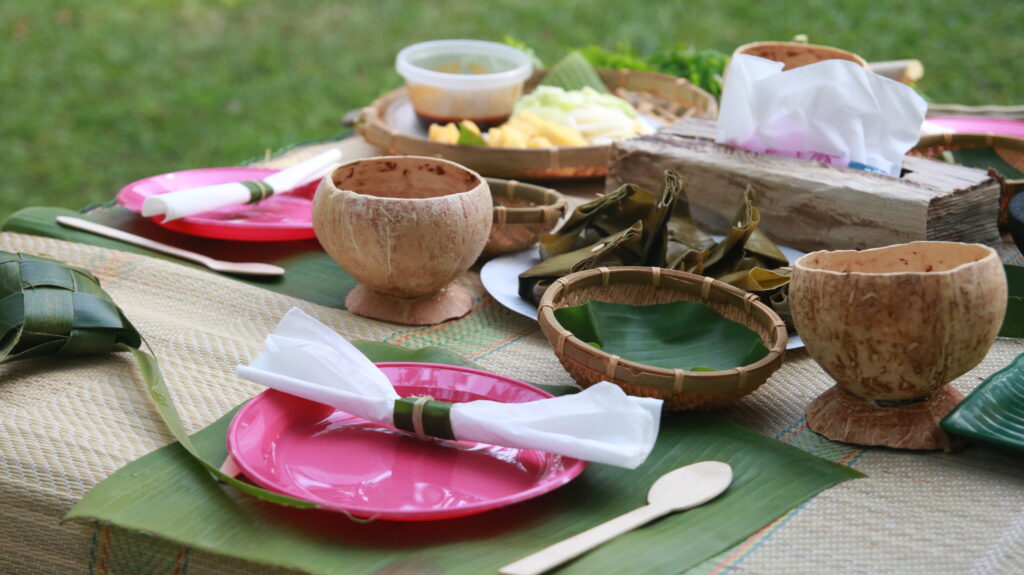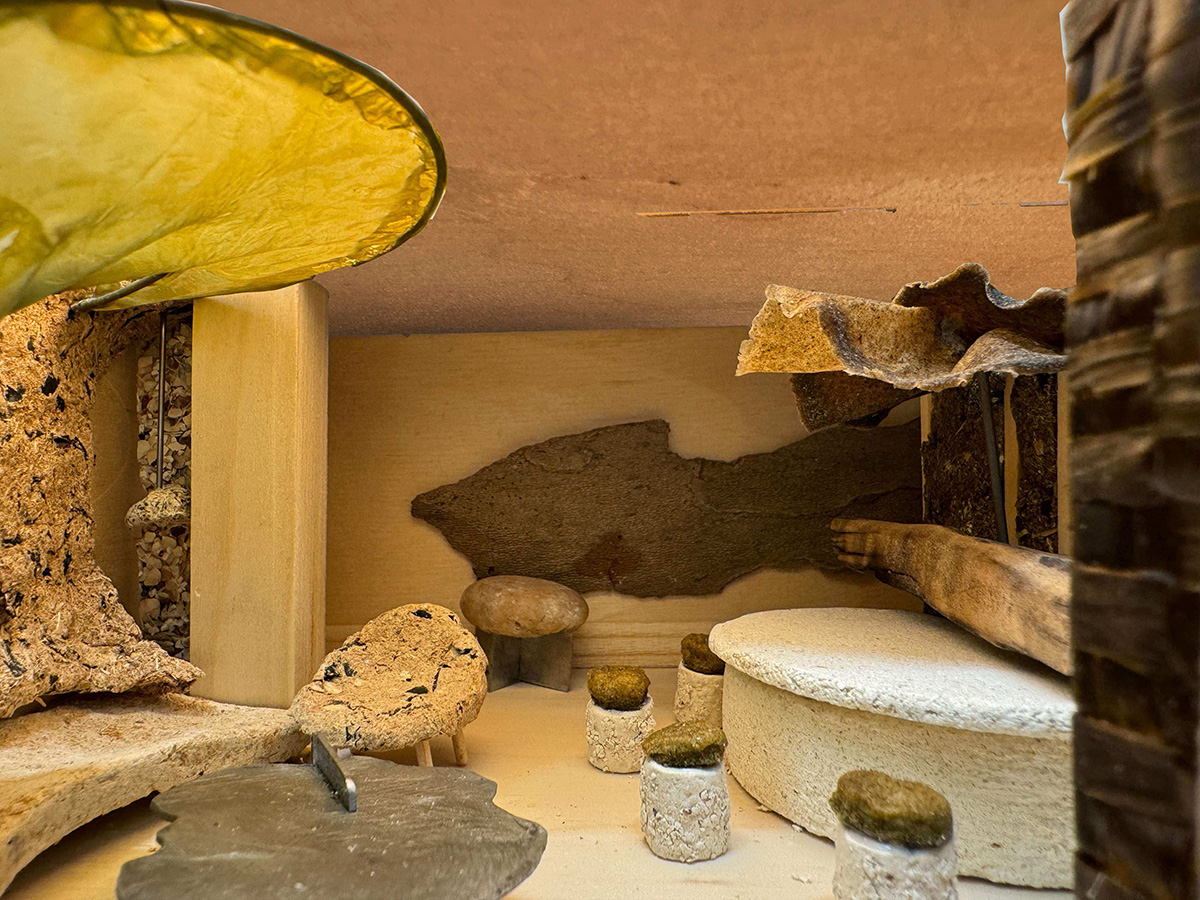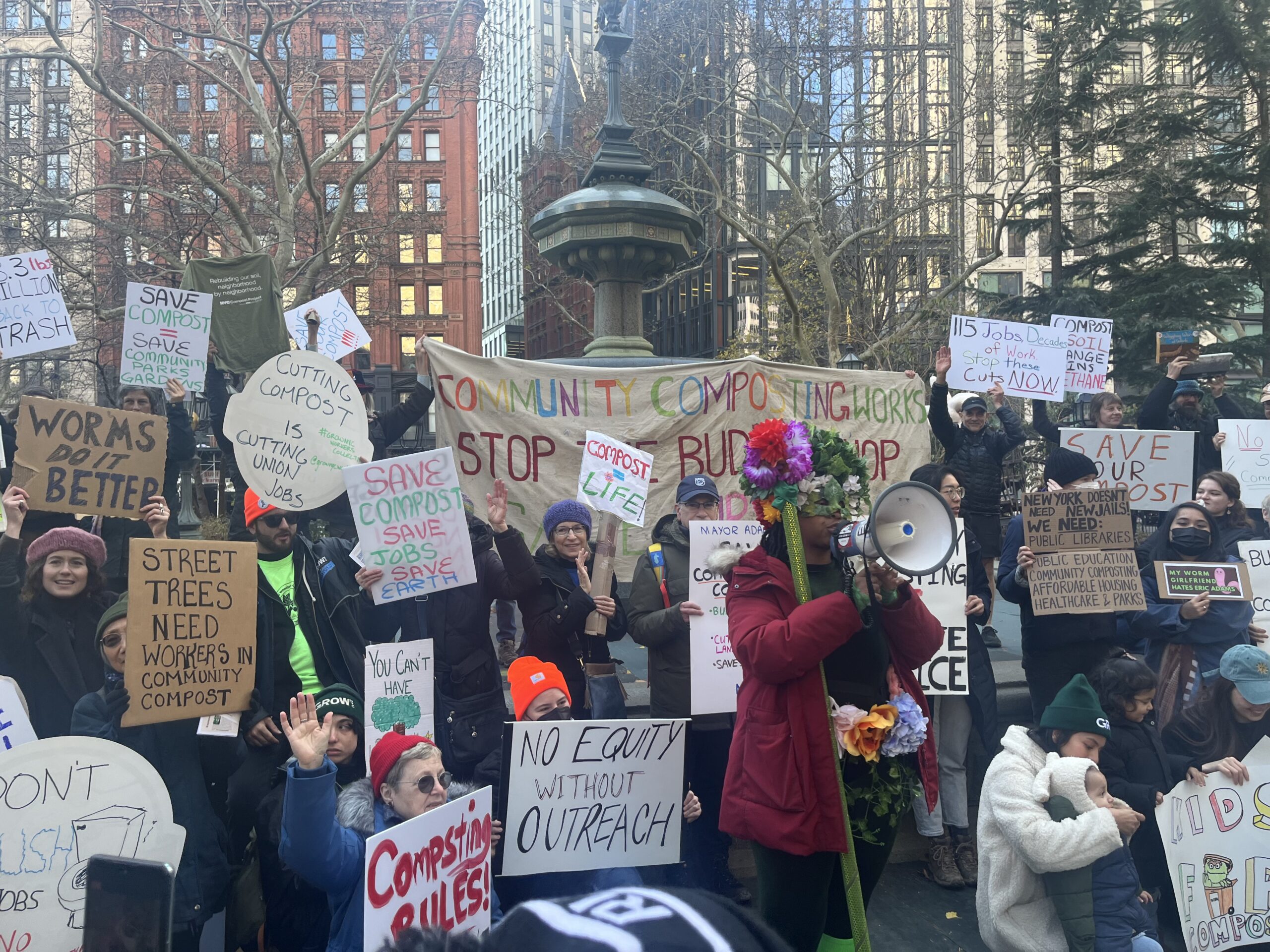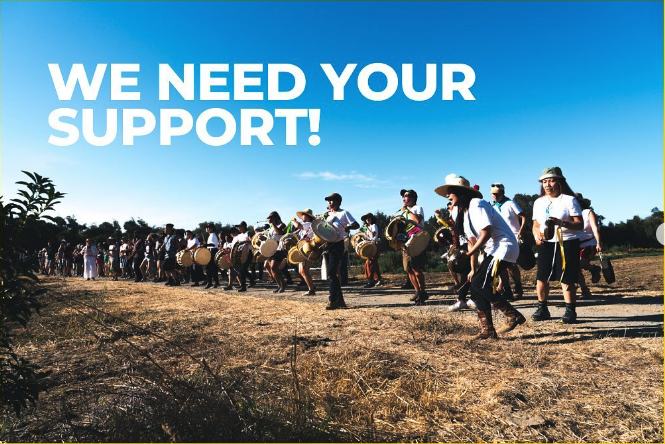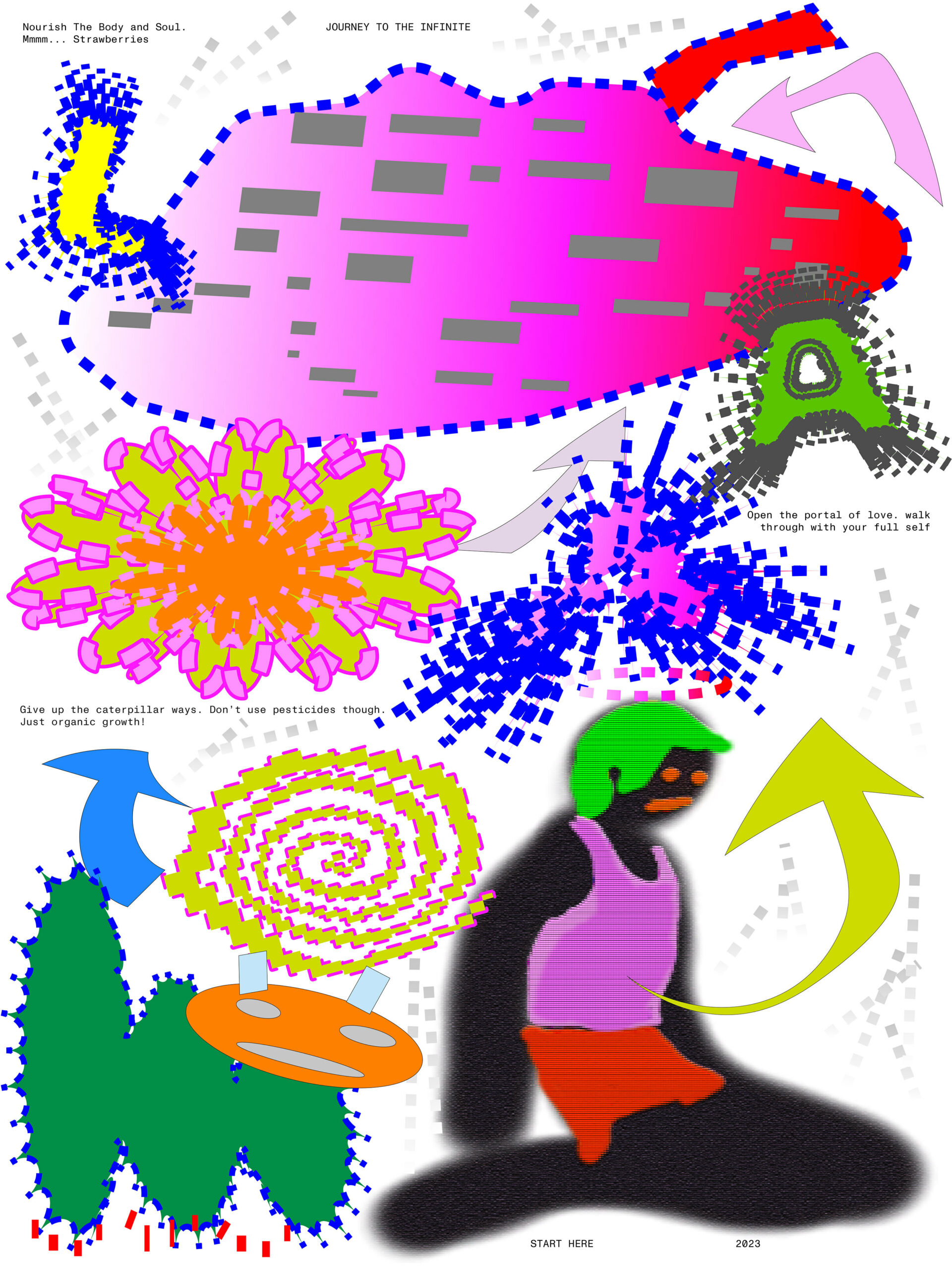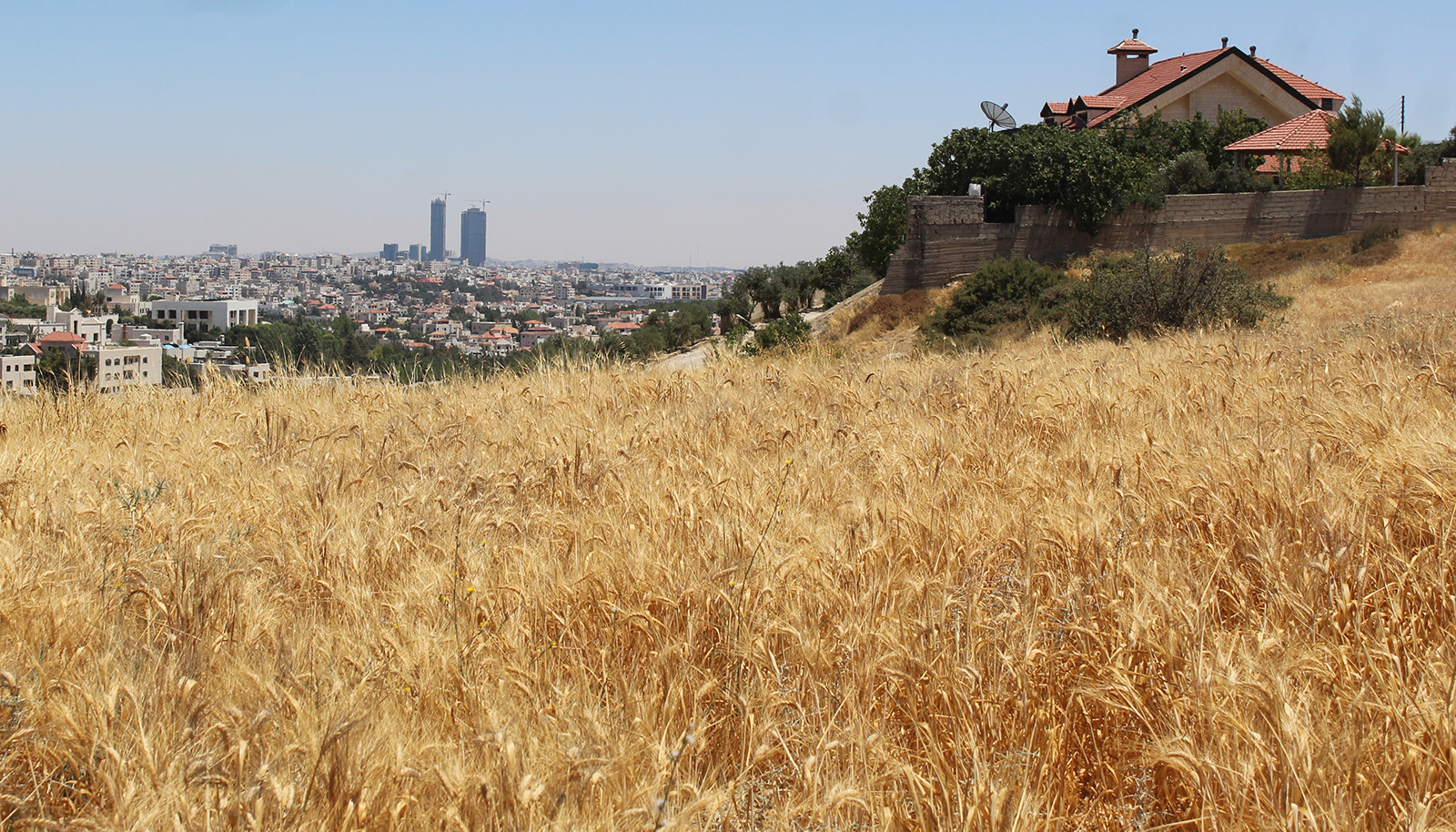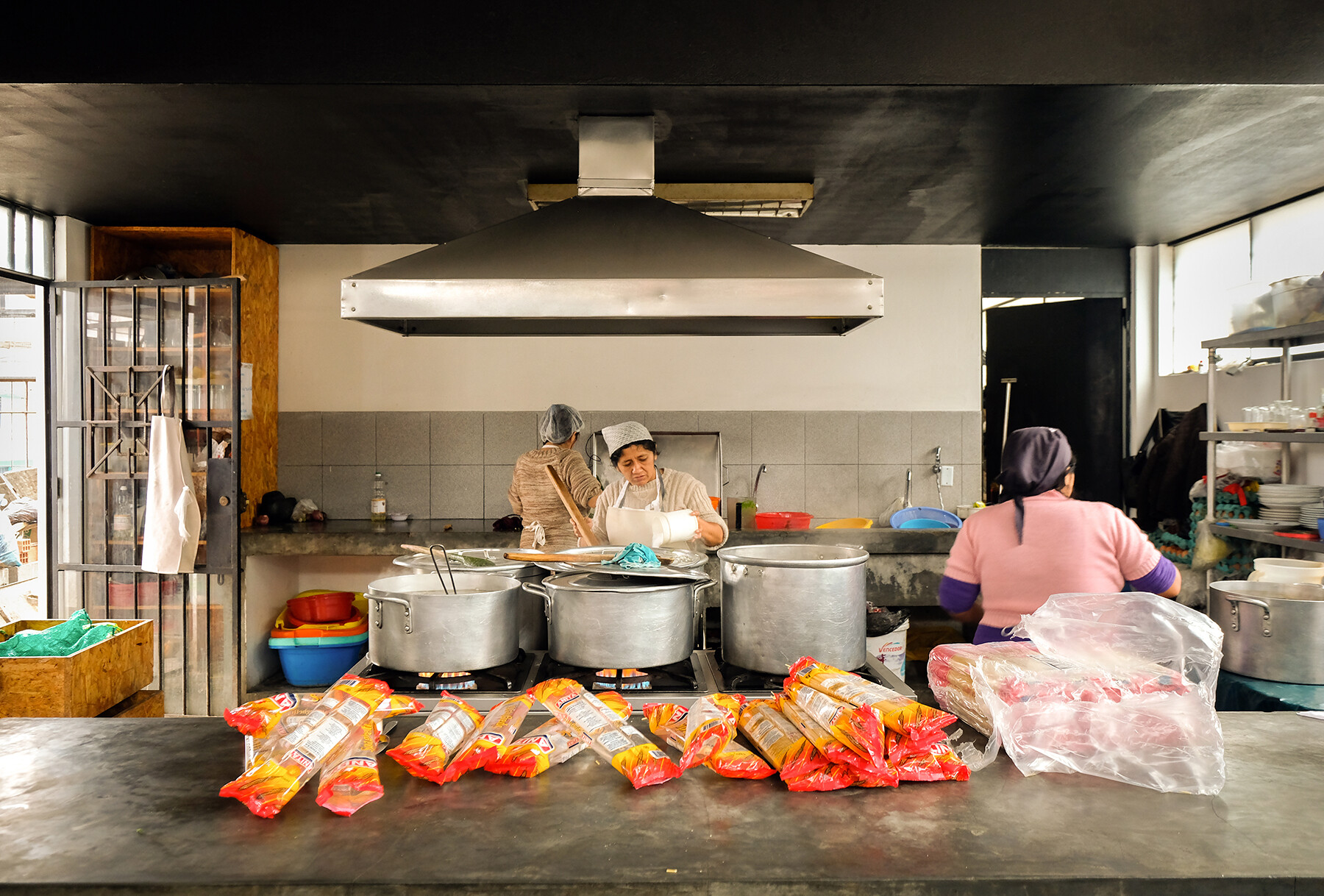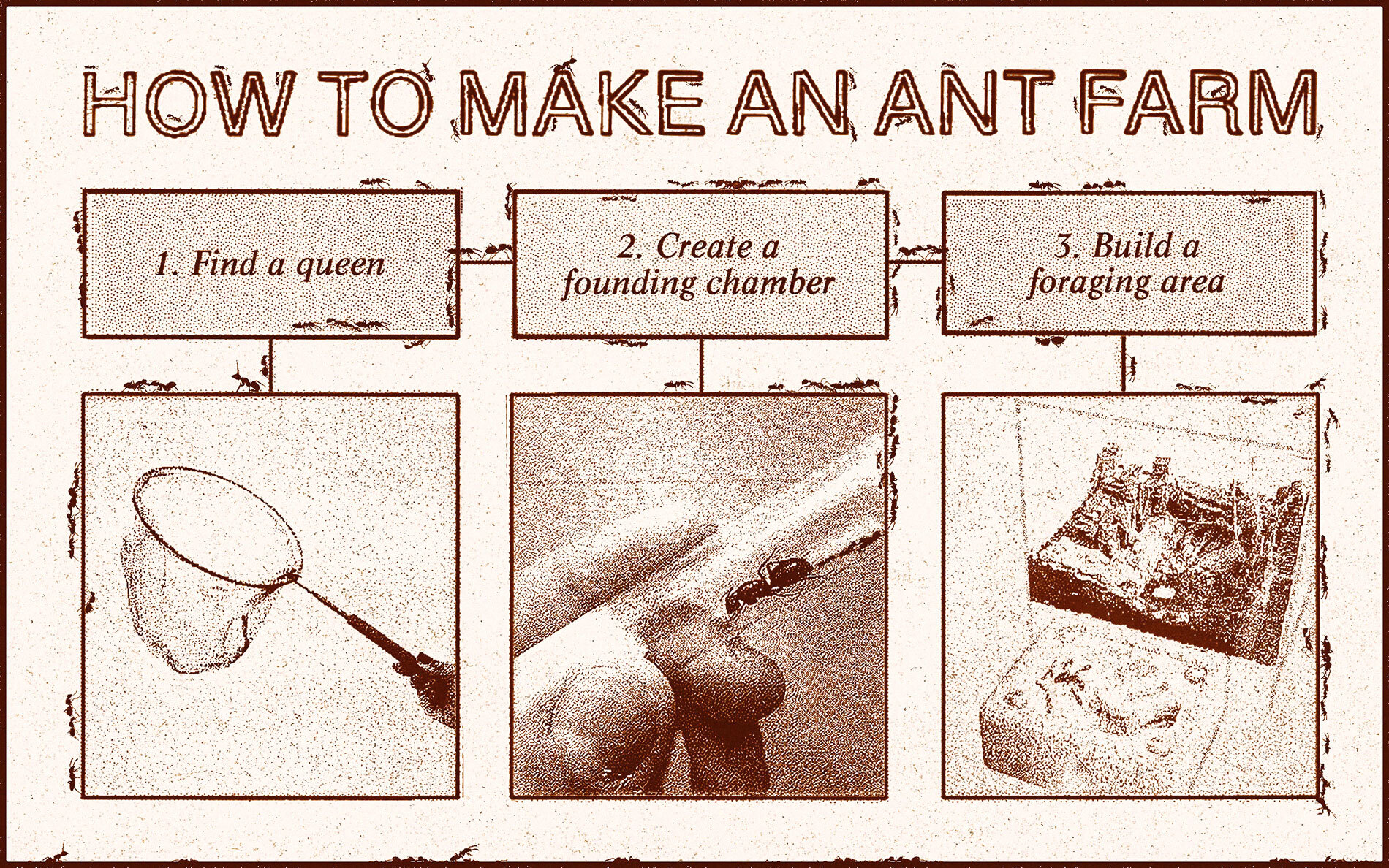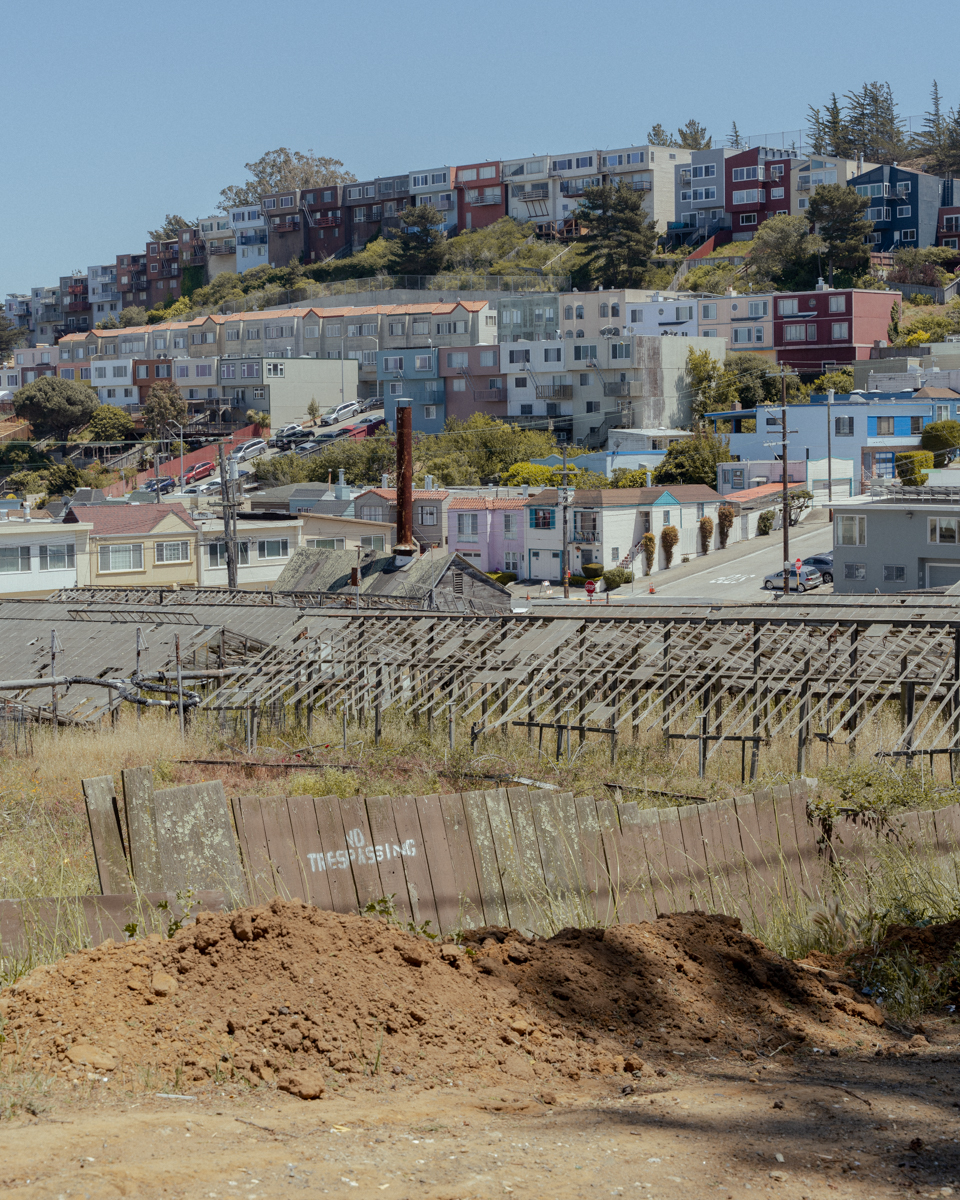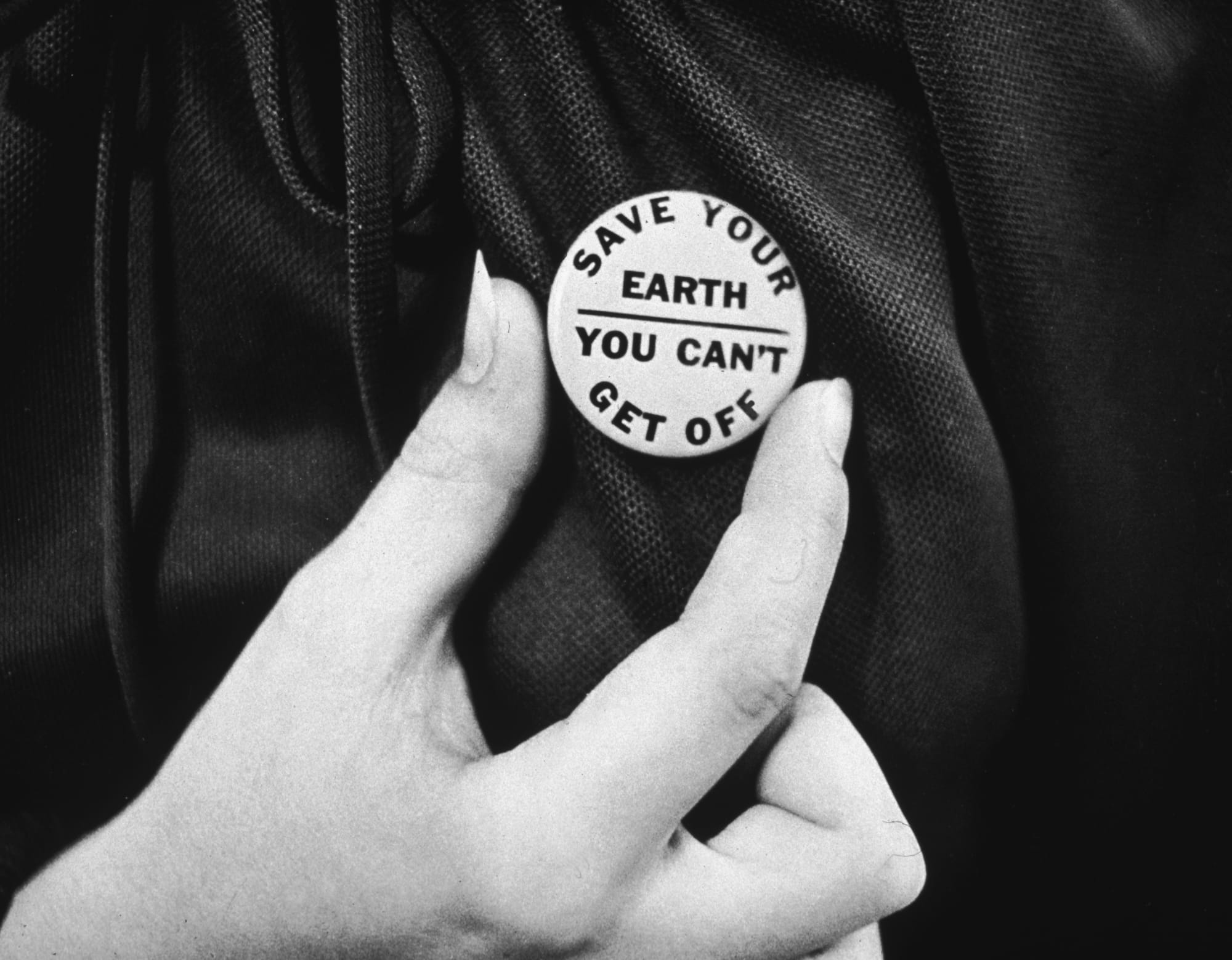On Sundays, Singapore’s urban arteries transform. Throngs of women take to its streets, catching up with friends over picnics, song and dance, and finding respite in the shade of trees on their day off. These women are migrant domestic workers, live-in care workers from countries like the Philippines, Indonesia, Myanmar, and India who perform household tasks that include cooking, cleaning, child and elder care. In Singapore, they make up about 4.6% of the population and 7.3% of the labor force.1 Because these women live with their employers, on their days off they turn to Singapore’s public spaces to carve out their own spaces for recreation. These counterpublics2 can be mapped across Singapore’s cultural enclaves, from Peninsula Plaza, a skyscraper nicknamed Little Burma where Burmese domestic workers gather, to City Plaza’s surrounding fields, where dozens of Indonesian domestic workers enjoy picnicking, to Lucky Plaza where Filipino domestic workers socialize along pedestrian pathways.
However, questions of safety and accessibility for migrant domestic workers, or MDWs, in public spaces came under debate when a reckless driver killed two Filipino MDWs outside of Lucky Plaza in 2019. It was these questions that sparked SayurStory, a ground-up community bringing together Singaporeans and migrant domestic workers over a shared love of food and gardening. As a design student, Leong Man Wei had been working on research projects examining placemaking and participatory design with migrant domestic workers in the park near her home. “I observed migrant domestic workers occupying and activating public spaces but not being welcome, or separate from other users sharing public spaces,” Man Wei tells MOLD, “So that was my starting point, I was trying to create a placemaking intervention that would bring together local residents and migrant domestic workers.”
- 1. Singapore Ministry of Manpower, Foreign workforce numbers.
- 2. Fraser, N. (2014). Rethinking the public sphere: a contribution to the critique of actually existing democracy1. In Between borders (pp. 74-98). Routledge.
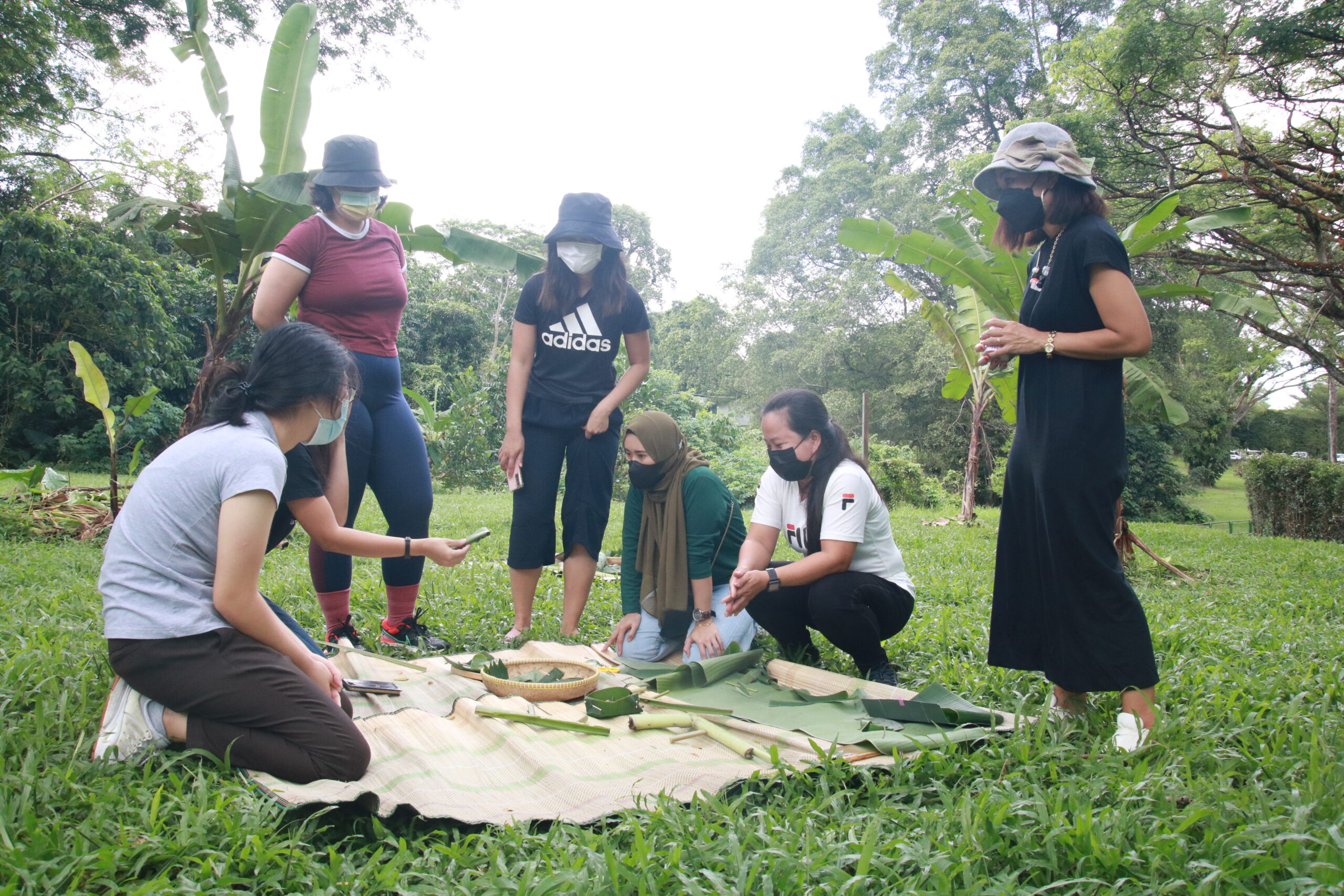

Conceptualized right before Singapore instituted its circuit breaker measures in 2020, which placed stay-at-home restrictions on residents in response to the COVID-19 pandemic, Man Wei’s initial objective of in-person connection was forced to take root digitally. On Facebook, the online community grew traction after its first campaign, “Home Taugether”, challenged homebound domestic workers and their employers to grow tau geh, or bean sprouts, together. Using only green beans and recycled plastic containers, home gardeners were able to witness how one seed could yield a tangle of delicious, crunchy vegetables for their soups, side dishes, and stir fries.
With this simple call to action, SayurStory aimed to empower domestic workers—many of whom had formed close relationships with nature and agriculture during their upbringing—to share knowledge accumulated from their own personal experience with their employers and each other. “I did farming and gardening with my family in Indonesia before moving to Singapore,” says Siti Musyarofah Sutarno, who has been a member of SayurStory since 2022. Originally from Central Java in Indonesia, Musyarofah tells MOLD that her own relationship with food was shaped by a childhood spent helping on her grandmother’s farm during school holidays. When asked what being a part of the SayurStory community has meant to her, she answered, “Kesehetan rohani (spiritual health). By doing activities that preserve nature and traditional food and drinks in my culture, SayurStory nourishes my soul and spirit. Jiwa dan rohani, cannot be seen but can be felt.”
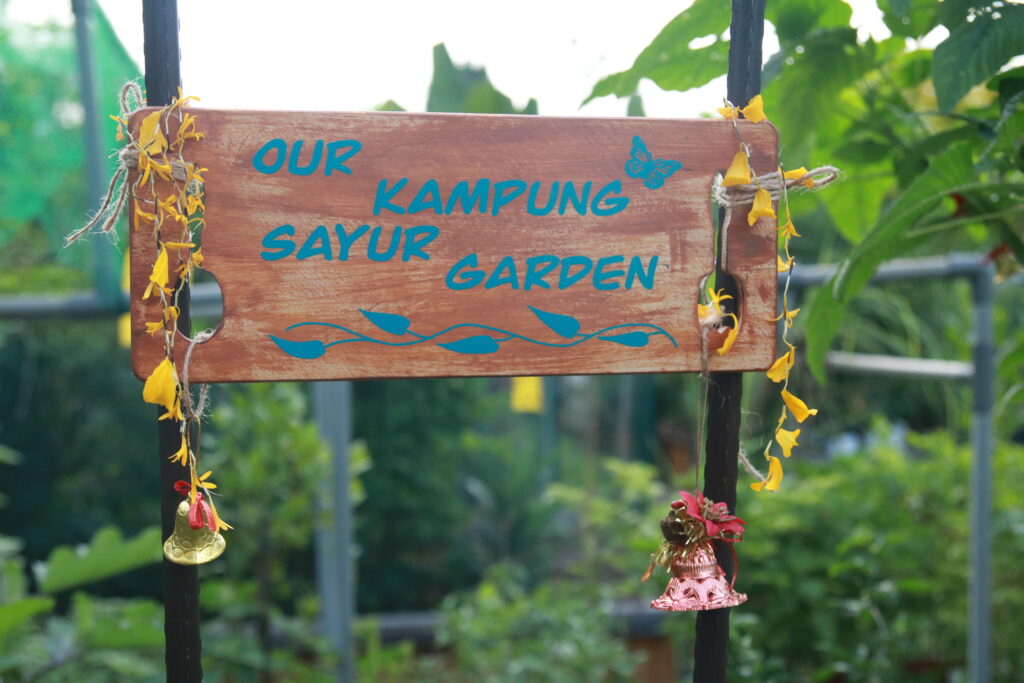
In the context of SayurStory’s unique mission—to facilitate a community that could bridge Singapore’s deeply entrenched, class-based, social stratification—food and agriculture serve as more than a grounds for connection, it is also a shared common language, a tool for decentering hierarchies of knowledge. “I thought that growing food specifically, was…an interesting way to kind of reverse the power dynamics of teaching and instruction [between MDW and employer], which are usually the other way around,” says Man Wei.
After the initial media campaign, the online community became a lively forum for conversations around food that ranged from recipes to tips for at-home gardening. When restrictions on public gathering were relaxed, SayurStory sought to bring these conversations in-person. With the intention of facilitating a deeper connection with nature, they organized farm visits, gardening workshops and cooked together. The organization also began seeding a community garden on a small plot, offering soil access to MDWs seeking to cultivate vegetables, fruits and medicinal plants.

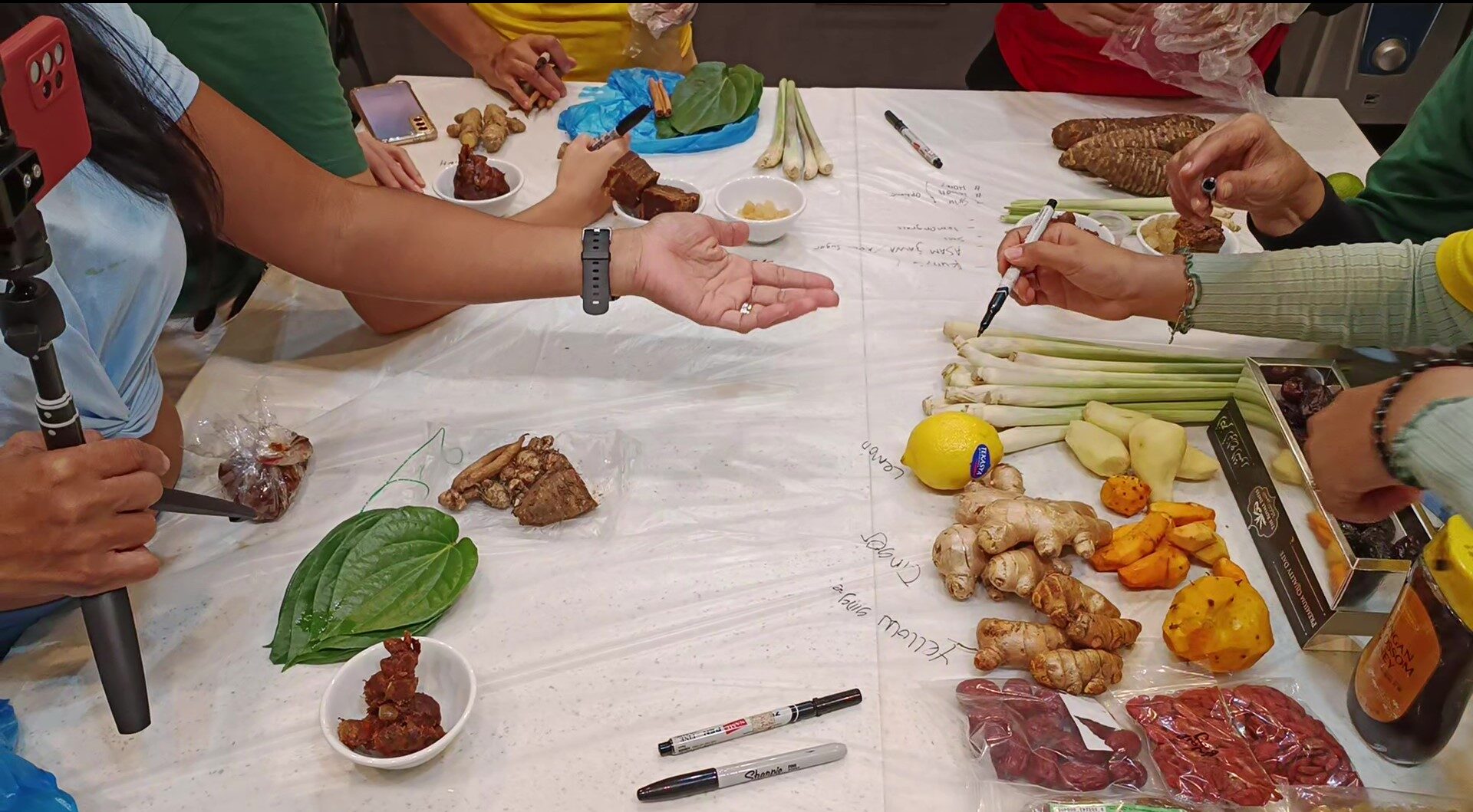
One topic that members continued to return to was that of ethnobotany, or how people of various cultures and regions might use plants differently across religion, medicine, sustenance, and ritual. Take the banana tree. Its leaves might be used to make the traditional Javanese dish, botok, wrapped around fragrant grated coconut flesh and vegetables and steamed. These same leaves could also be harvested and used to line tables for boodle fight, a traditional kamayan-style Filipino meal. Banana fruit, on the other hand, could be fried into the tasty Malaysian street snack pisang goreng. Even banana tree sap, could be collected to apply on open wounds to slow bleeding. “This [ethnobotany tour] was my first time to share my experiences and stories about gardening and knowledge about plants,” says Jonavie Gallo, a founding SayurStory member from the Philippines who has since moved to Hong Kong, where she currently works as a MDW, “I learnt from other sisters about their own experiences, exchanging stories, beliefs and superstitious beliefs in every religion around plants and vegetables.”
To provide a platform for MDWs to share their rich knowledge and stories, SayurStory organized a series of ethnobotany walks, bringing their members to Singapore’s Centre for Ethnobotany. Although the Centre was located in the Singapore Botanic Gardens, a popular park for MDWs to gather in, most had never been inside. However, many of the plants, indigenous crafts, and material traditions on display were familiar to MDWs, who had encountered them as living, practiced traditions in their own hometowns. In response, four MDWs designed and led their own ground-up ethnobotany tours of the grounds for the general public, called ‘Garden of Homes’. These walks materialized into a community exhibition at the Centre called ‘Home: Made With Plants’, that was curated and designed by MDWs as well. The community also hosted a series of cooking engagements around featured plants and dishes alongside the exhibition. “One of my favorite memories in SayurStory is when we led the tour,” reminisces Brenda Martin, one of the facilitators of the ‘Garden of Homes’ tours, and a MDW originally from the Philippines, “I learned how to come out of my comfort zone. [My other favourite memories are] Also when we go to the [community] kitchen. Being part of the SayurStory community means a lot to me cause I get the chance to meet different kinds of people and learn their story and their cooking style and our similarity. I learn a lot in this community and get to visit places that I’ve never been. [I] Really love the bonding and closeness that we share with each other.”
Today, SayurStory has continued to deepen bonds within the community and experiment with new formats for gathering, with the launch of initiatives like Suka-Suka Kitchen, a series of open kitchen gatherings conceptualized and hosted by SayurStory community members. Suka-Suka, which means “anyway you like”, implements an unconference approach to co-creating community spaces, transforming the kitchen of a Singapore visitor center into a participant-driven laboratory for imagining new ways of organizing around food and the kitchen. With the intention of providing a space that is adaptable to the SayurStory community’s ever-evolving interests and needs, members were able to design the space and hosted events such as a celebration of Singapore and Indonesia’s “birthdays”, where participants cooked nasi tumpeng, a celebratory Javanese dish where steamed turmeric rice is fashioned into the shape of a cone and sliced, not unlike a birthday cake.
As SayurStory has evolved, the community has undergone many iterations. Across each new imagining, the community has centered intention, care and trust in imagining new spaces to celebrate members’ diverse identities and cultivate a sense of belonging.
